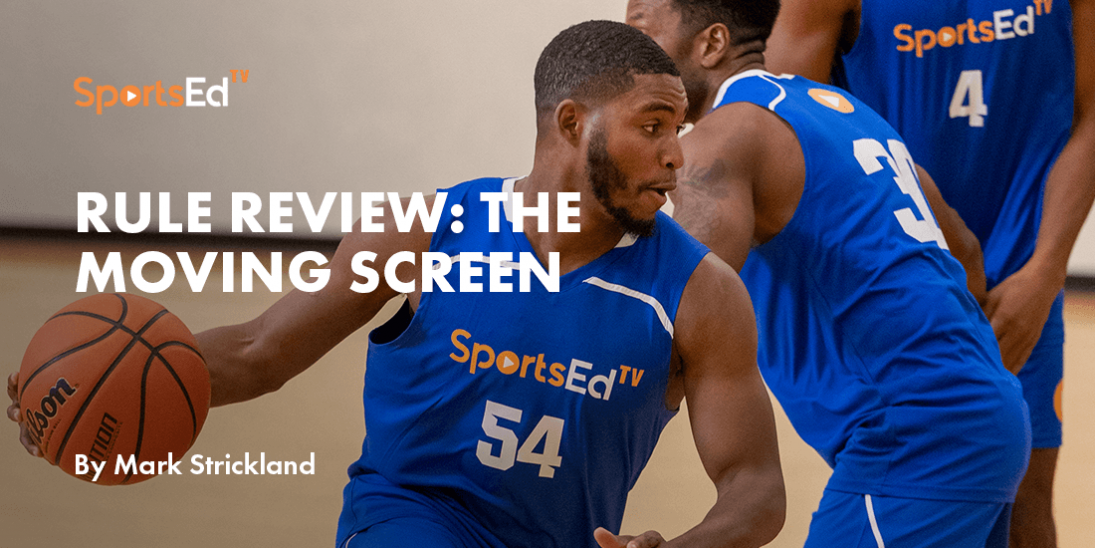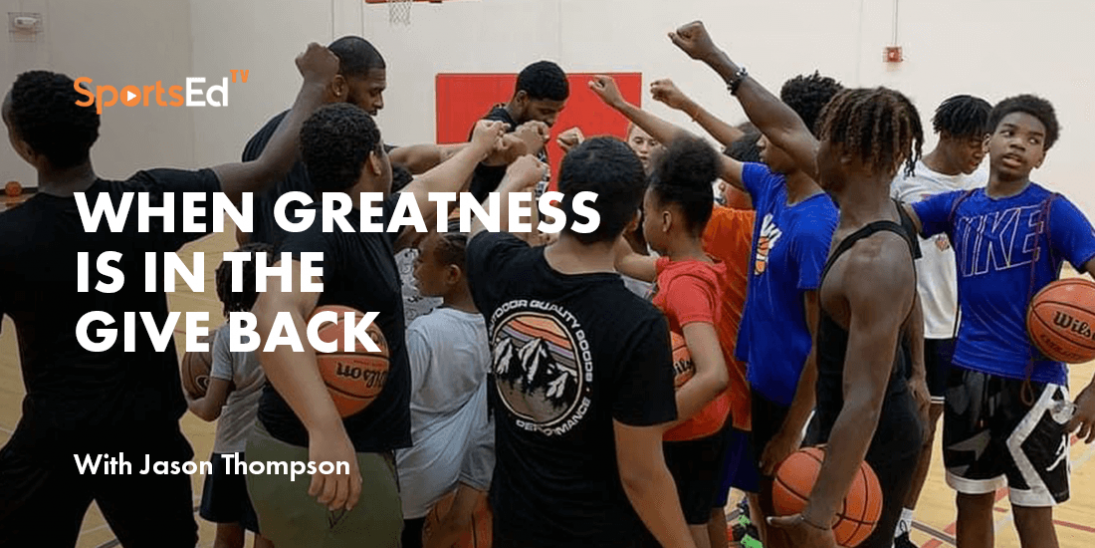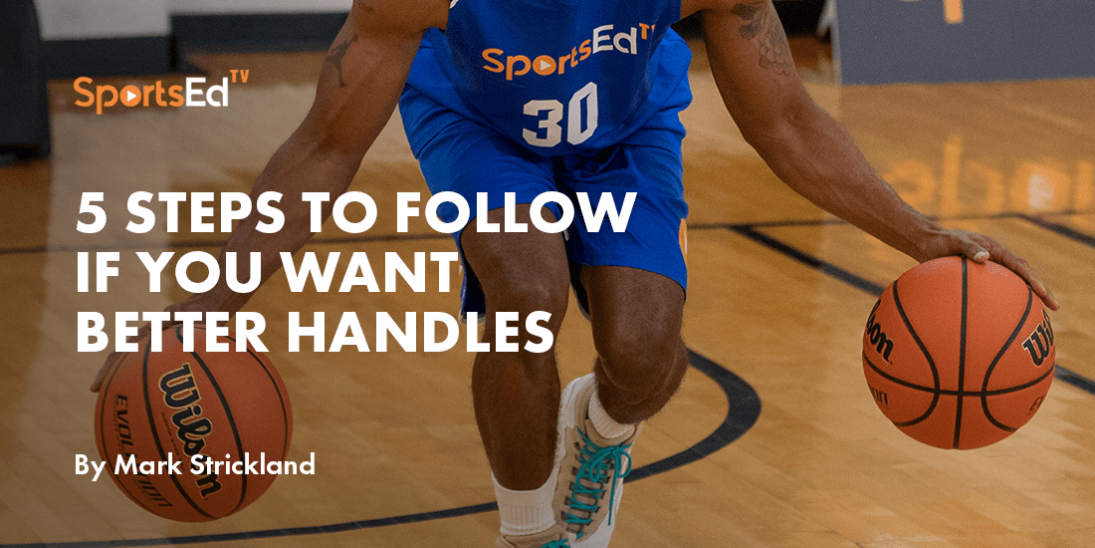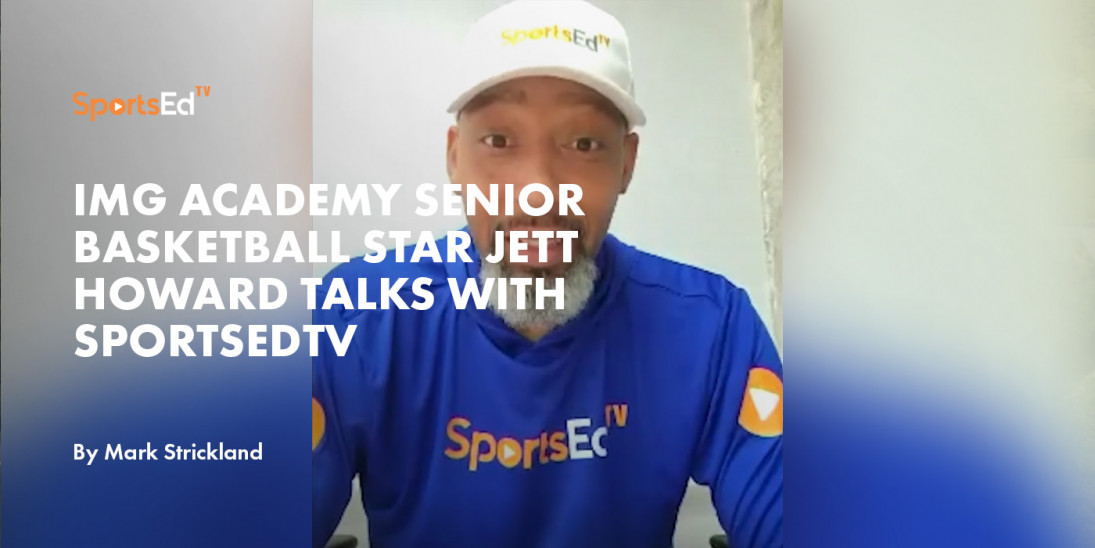Basketball
Welcome and thanks for visiting...

8 Things Parents Should Know Before Their Kids Start Basketball
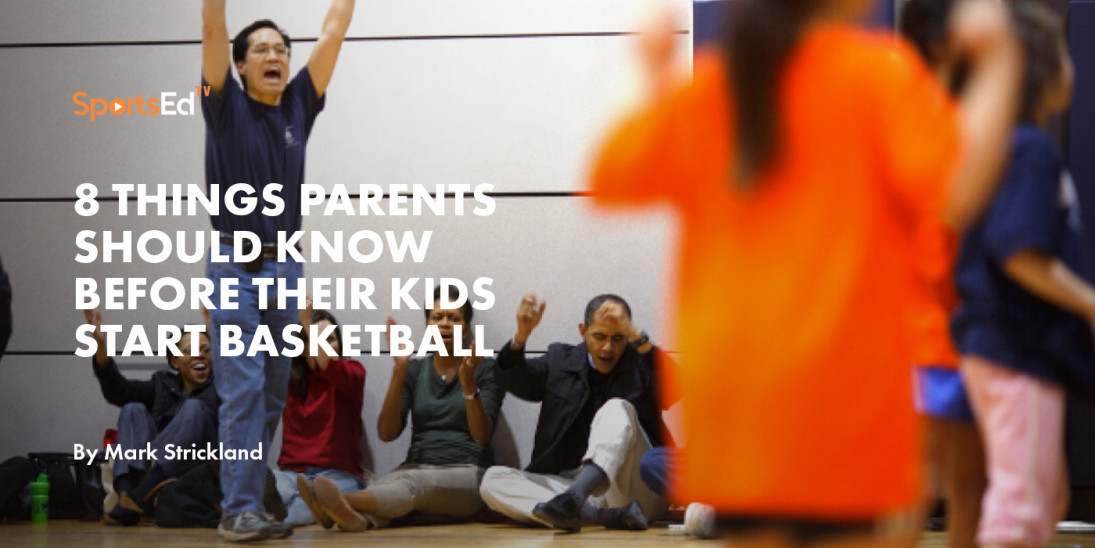
We know a basketball mom who sewed her pipsqueak son a uniform when the pee wee came home in tears after being told he couldn’t make the team because it ran out of suits.
We know a basketball pop who traded in his beloved Mustang for a nine-passenger mini-van so he could drive his daughter and her teammates to games.
The joys of basketball parenting are plentiful.
- There’s the thrill of cleaning the constantly re-occurring dirty fingerprints off the top of the door jamb that serves as your wishful dunker’s jump measuring record.
- Or the crashing vase vibrated off the mantel from so much in-house dribble practice.
All joking aside, basketball owes its very existence to kids.
Hand-written notes by basketball inventor James Naismith describe a game he played as a kid called “duck on a rock” which he used as inspiration to create the game.
So, what’s a mom or dad to do when basketball replaces sugar plum dreams and becomes a true sports favorite of your child?
This guide is meant as a fundamental place to start your basketball parenting adventure:
When should your child be playing basketball?
Well, elsewhere in the SportsEdTV blogosphere is a great conversation with John Abreu, owner of Hoop Dreams of America, who joined SportsEdTV’s Mark Strickland and Jaki Goldner to discuss when children should begin playing basketball.
In this discussion, both John and Mark share their parental and coaching advice on how to introduce basketball to your child and what to work on when you do.
How do you pick the right basketball for your child?
Again, SportsEdTV to the rescue with a comprehensive analysis of the issue and advice for new buyers, discussing the size and material of the ball, both of which are affected by age where the ball will be used. Outdoor versus indoor usage influences purchase. A sizing and age chart, as well as proper inflation data, can be found here where you’ll find selection data like the sizing and age chart below.
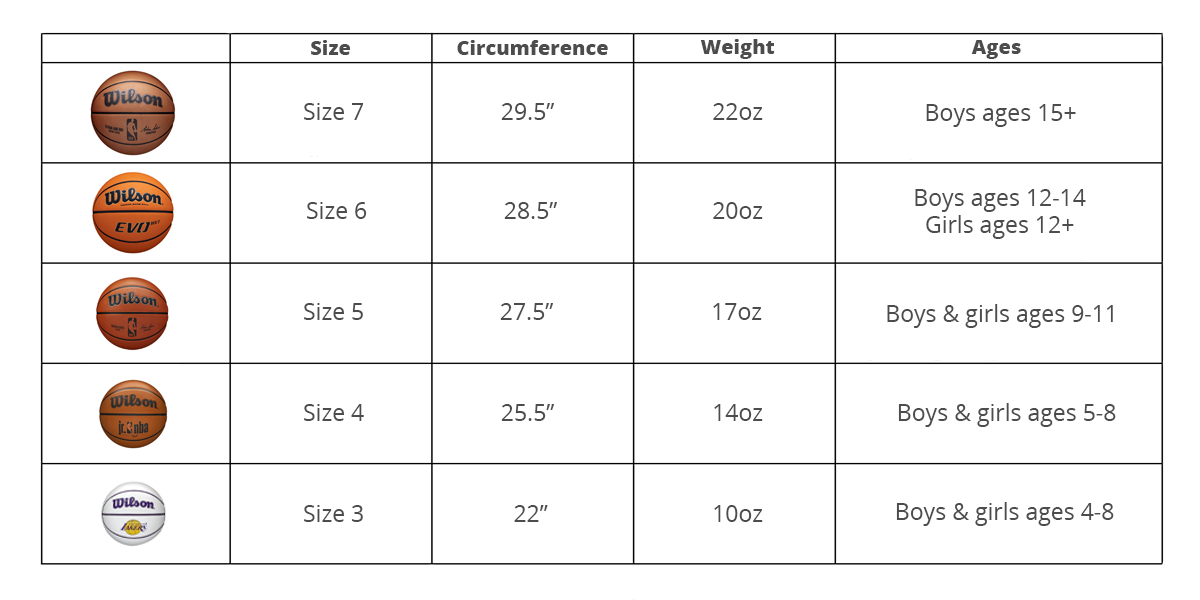
Use code SPORTSEDTV-15 for 15% off Wilson EVOLUTION and EVO NXT
Picking the right backyard or driveway hoop for at home basketball practice and play
- Picking the right backyard/driveway hoop
Here are five things to think about before deciding on your at-home hoop.
- Where Are You Going to Put It?
Before you buy, make sure you have ample space to play. A large, flat, paved surface like a driveway is ideal. Whether you have the space in your driveway or backyard, location is going to be the first place to measure where it will be located. Caution: it is often illegal and certainly unsafe to place a hoop on the street or sidewalk.
- Should it be Portable or In-Ground?
A portable hoop has a large base on wheels for position flexibility. It’s also easy to move to a new home or location in your area. They tend to be more costly than in-ground hoop systems which are more stable and do not require as much ground space. The backboard is supported by a pole which can be cemented. Other options include the installation of a ground sleeve or a bolt-down system.
- What backboard material should be used?
Smaller backboards are ideal for young players who are learning to play basketball. Polycarbonate backboards are virtually unbreakable and are great for beginners to intermediate players. They can be a great long-term option through childhood. Determine the level that best suits the players in your household, and you can enjoy your hoop for years.
- What is the right backboard size?
For youngsters, 32-inch backboards are a good starting point. For young players learning to shoot, 44-inch backboards are excellent. Developing teen players practicing a variety of shots will benefit from the rebound space of a 48-52 inch backboard. As their expertise has grown so should the backboard as ultimately the regulation backboard is 72 inches.
- Look for height adjustment ability
Be sure when you shop to see if the system is adjustable so it grows with your player. While some are designed for shorter, more child-friendly heights, the majority can be raised from 7.5 feet to the regulation height of 10 feet. You can raise the hoop and continuously challenge the growing kids to improve.
Now that you’re set up to play, let's say your personal basketball experience borders on little or none and you want to encourage your child's progress. SportsEdTV's collection of fundamental videos are a really good place to start, especially these fundamental lessons.
Shooting the Basketball
A favorite basketball shooting video series begins with developing young basketball player's shots, teaching the correct mechanics, and putting an emphasis on form are two of the most important aspects.
Dribbling the Basketball
One of the great gifts a parent can give to aspiring hoopsters is the emphasize use of both hands. Encourage yours to develop skills each hand. SportsEdTV’s dribbling series is a great warmup for basketball players of any level. The focus of this series is to dribble the ball tight to the body through cones, which will and your ball-handling skills.
Catching and Passing the Basketball
The best passers at all levels of basketball are good passers because they throw passes that put their teammates in positions to make positive plays. There are many types of passes and many purposes for passes, but the one constant in every passing situation is that a good pass is caught by one of your teammates.
Our passing series works both ends of the pass, adding these sorts of fundamental catching instructions: “When the ball is thrown to you, go after it and jump to catch it in the air with two hands, two eyes focused on the ball until it lands in your hands, and land with both feet at the same time. Catching with two hands seems simple, but it is critical to make the effort to catch the ball with two hands, not only to avoid fumbling it but also to secure it to keep the defense from stripping it from you.
Playing Basketball Defense:
Our basketball defense video series begins with the mirror drill that will help beginner basketball players gain the foundational defensive skills necessary for gameplay. This drill teaches solid defensive body position, in addition to defensive hand position, while developing these as sound defensive habits. The defense series continues with a dozen more videos treating other defensive skills.
Basic Basketball Rules
- A player with the basketball to move with both feet must dribble or bounce the basketball with one hand. If the player stops dribbling he or she must only move one foot. The stationary foot is known as the pivot foot.
- A player can only take one turn at dribbling. A dribbling restart without changing possession of the basketball is known as double dribbling and is a violation that loses possession to the opposing team.
- The ball must stay inside the marked parameters of the area of play.
- The player's hand must not touch the bottom of the ball while dribbling, also known as carrying the ball a rules violation that results in loss of possession to the opposing team.
- When playing defensively the main rule is to not foul the opposing players. A foul is gaining an unfair advantage by physical contact—a decision made by referees—but, any touching of an offensive player which causes a missed shot or loss of the ball. The unfair advantage rule can also apply to players on offense.
- Players may not kick the ball or hit it with a fist.
For more in-depth rules information the category or organization governing play may have nuanced changes and additions to the fundamental rules. NCAA, FIBA, NBA, WNBA are among the more renowned groups to have rules that differ from each other.
.In Conclusion
When your growing basketball progeny transitions from nerf ball dunking in the bedroom's six-foot hoop to raining regular 3 pointers in the driveway, it might be time to sidestep from coaching to cheering parent.
When that time comes, SportsEdTV’s vast library of sophisticated instruction videos begin here and are supervised by NBA 10 year standout Mark Strickland.
He’s got even longer experience as Markhi Strickland’s basketball pop, now a collegiate star and soon to imitate his pro pop.


